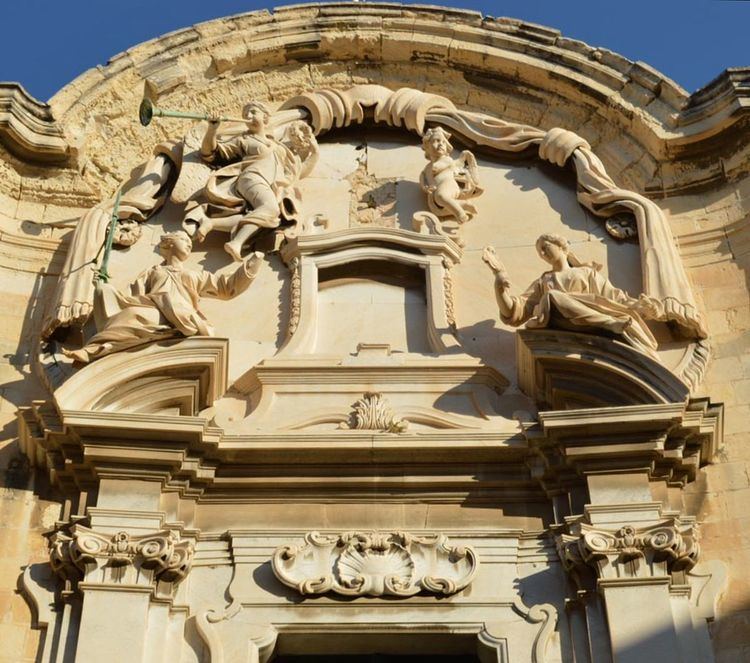 | ||
Allegorical sculpture refers to sculptures that symbolize and particularly personify abstract ideas as in allegory. Common in the western world, for example, are statues of 'Justice', a female figure traditionally holding scales in one hand, as a symbol of her weighing issues and arguments, and a Sword of Justice in the other. She also wears a blindfold to represent her impartiality.
This approach of using human form and its posture, gesture and clothing to wordlessly convey social values and themes. It may be seen in funerary art as early as 1580. They were used on renaissance monuments when patron saints became unacceptable. Particularly popular were the four cardinal virtues and the three Christian virtues, but others such as fame, victory, hope and time are also represented. The use of allegorical sculpture was fully developed under the École des Beaux-Arts. It is sometimes associated with Victorian art, and is commonly found in works dating from around 1900.
